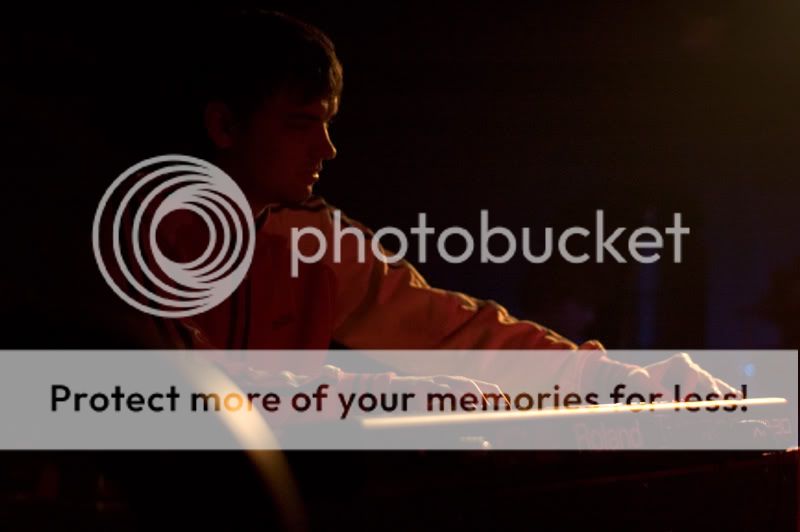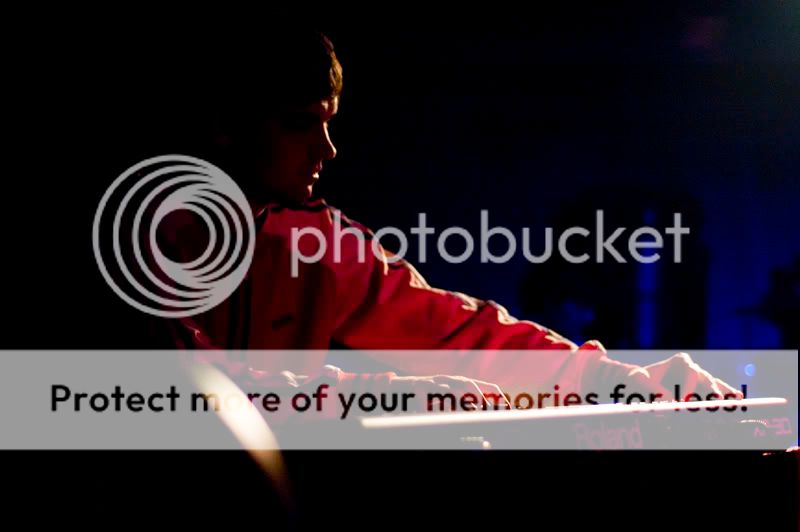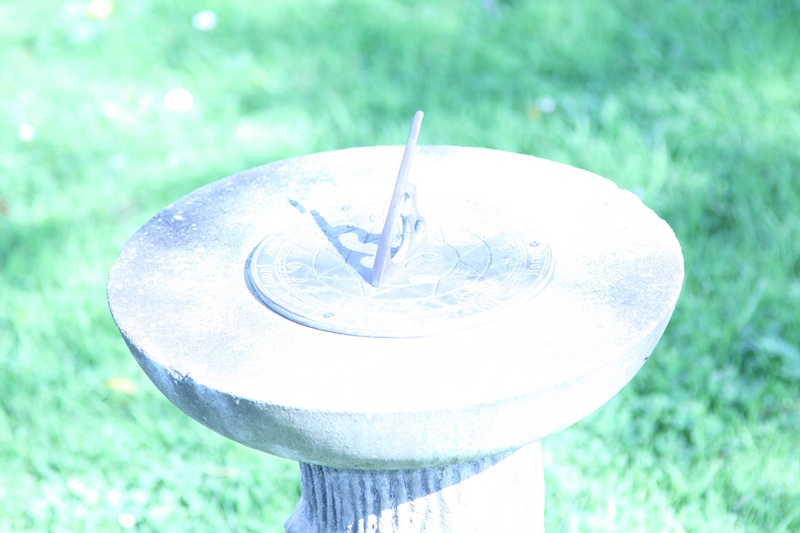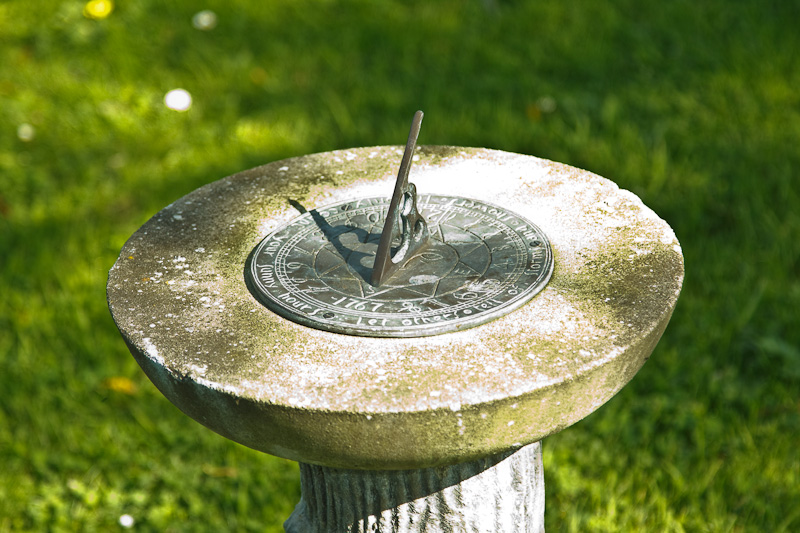- Messages
- 6,901
- Edit My Images
- Yes
So the RAW file and the JPEG file both had the same settings applied to them - and produced identical results.
If you are not going to make any changes to the RAW file than what the camera would have done, then of course they will look the same. :bang:
It is when you want to make changes that the RAW format comes into its own, and your ability to edit of course. If you don't like editing, and don't wish to learn how to edit a RAW file, then stick to Jpegs out of the camera if you're happy.
As an example, here is a pic I took at a friends gig (oh my god 5 years ago
This is the Jpeg out of the camera.

And here is an edited Jpeg from the RAW file.

Now I was stunned when I saw how much detail was in the background which just isn't there in the Jpeg. And this was with CS1 and whatever version of ACR was about then. The technology has moved on and I may be able to get a better version if I tried now. :shrug:


 where in my post have i said you should be able to tell the difference
where in my post have i said you should be able to tell the difference 



